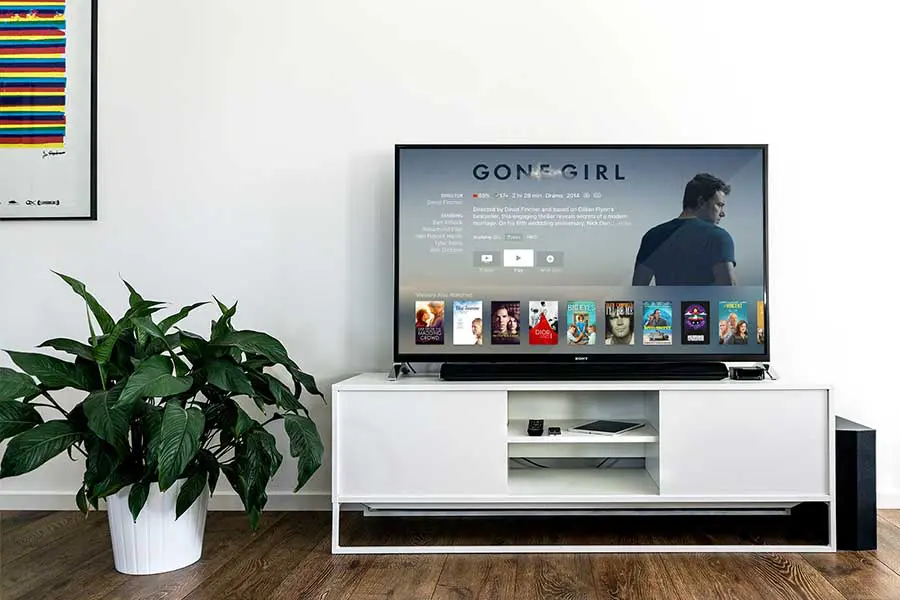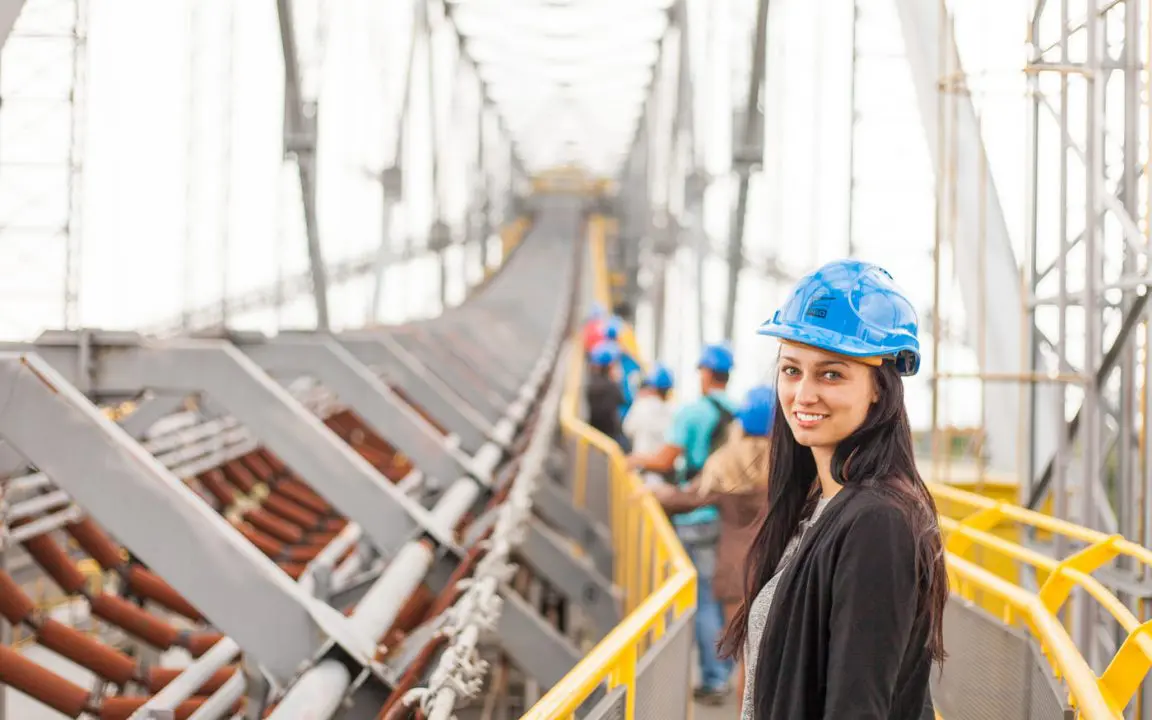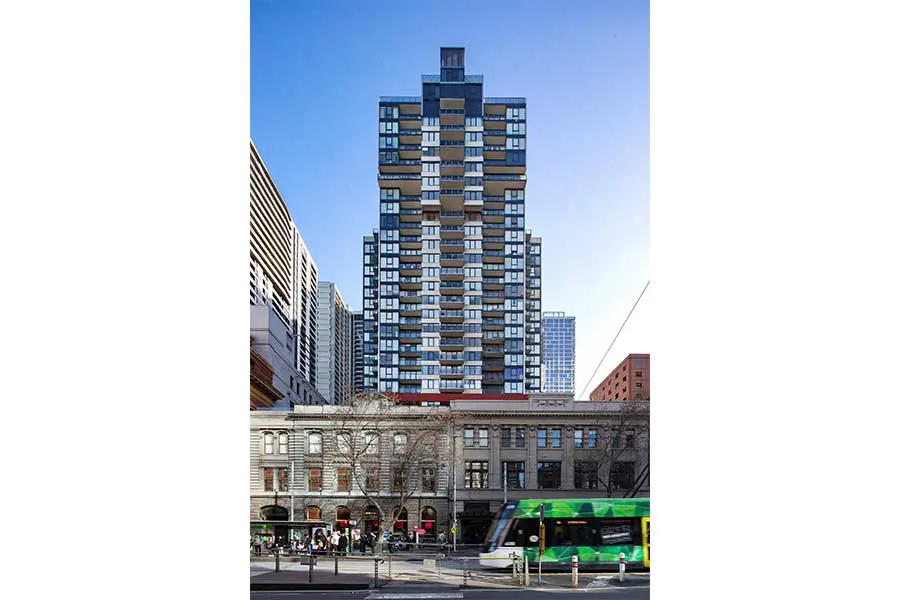Wikipedia defines Home Automation as follows:
“Home automation or domotics is building automation for a home, called a smart home or smart house. A home automation system will control lighting, climate, entertainment systems, and appliances. It may also include home security such as access control and alarm systems.”
Technology is developing faster than most people can keep up with. Home Automation is no exception. Currently there are many appliances and processes in Australian households which can be automated. Many of these can be operated wirelessly and remotely via a mobile phone. It is not just in the home that these technological developments are happening. Vehicles and industry are evolving also. The success, or otherwise, of some innovative gadgets is dependent on the Early Adopters.
Typically, there are a group of keen enthusiasts who love to use new gadgets and inventions as soon as they are available. These are the people who are lined up for days leading up to the release of the latest phone so they can be “the first” to purchase. Prior to this, there are “Beta testers”. The Beta testers are either paid, or they receive free versions of the latest innovations, to put them through their paces and work through any “bugs” or improvements that are required. Following this process, the marketers create the “buzz” and the Early Adopters flock to buy. It is the direct feedback and online interactions from the Early Adopters which subsequently determines whether that particular gadget fades into insignificance or if it flourishes.
Whilst this is a generalisation, it is important to understand this process because there are currently available many useful, or creative, or, indeed, useless, gadgets and innovations available for use in the home and in life. These are designed for simplicity, enjoyment, entertainment or education, or a combination of these.
Internet of Things
Most people have heard of the internet, however the term “Internet of Things [IoT]” is a term which is becoming more common. Simply put, it is the system in which ALL appliances and items are connected to the internet. Not just computers and phones, but also lights, clocks, fridges, air conditioners, televisions, even electric blankets, curtains and window shades. They can be operated remotely via a phone or computer; programmed to switch on or off; open or close; heat up or cool down at a specific time.
The “Smart TV” is becoming more common in homes. You no longer need a computer to surf the internet; it can be done straight from the comfort of your lounge chair through the TV. You can also stream programs directly to the TV without the need for a separate computer.
Google, Apple and other service providers also have in-home devices which can be operated via voice commands, Apple’s Siri; Amazon’s Alexa or Google’s Assistant on the phone. The voice command can provide answers to questions, play music or transcribe dictation. Due to the cost effectiveness of these gadgets, and the fact that no special installation equipment is required other than a wireless internet connection, they are becoming popular very quickly.
Some of the more interesting innovations for the home, which are not yet in mainstream use are:
The iHome iSP6X SmartPlug allows you to easily control appliances, like the toaster, from your smartphone, which wouldn’t otherwise be connected to the internet.
Growing in popularity is the Home Security revolution. Cameras such as the Wyze Cam V2 can record audio and vision, have motion tracking and can connect to your smart phone for on the go monitoring, or record locally or in “the cloud”.
Home Automation means Improved Efficiency
Lighting solutions for home automation are available through Philips Hue or Eufy Lumos. Being able to program your lights to switch on and off via your smart phone is very useful when you are away because you can make the process more random, rather than a set timer which is the same every day – same lights, same times on and off. Any thieves monitoring the home can recognise the pattern easily, however the random operation is less obvious that someone is not home. Of course, the convenience of having the lights on when visitors arrive, or being able to switch on your lights for safety when you arrive home in the dark should not be overlooked either.
This improved efficiency, control and customisation, via a process called “Artificial Intelligence [AI]” even includes computer learning. An example would be when you switch a light on remotely when a visitor arrives. AI recognises this, and when a visitor is identified via a sensor, the computer learns to switch the light on without you needing to do anything.
Even pets are being included in the home automation and innovation. Often living conditions or lease restrictions limit the possibility of a pet. Sony has a robot “dog” which can fit easily into the lives of the tech-inspired to fill the void.
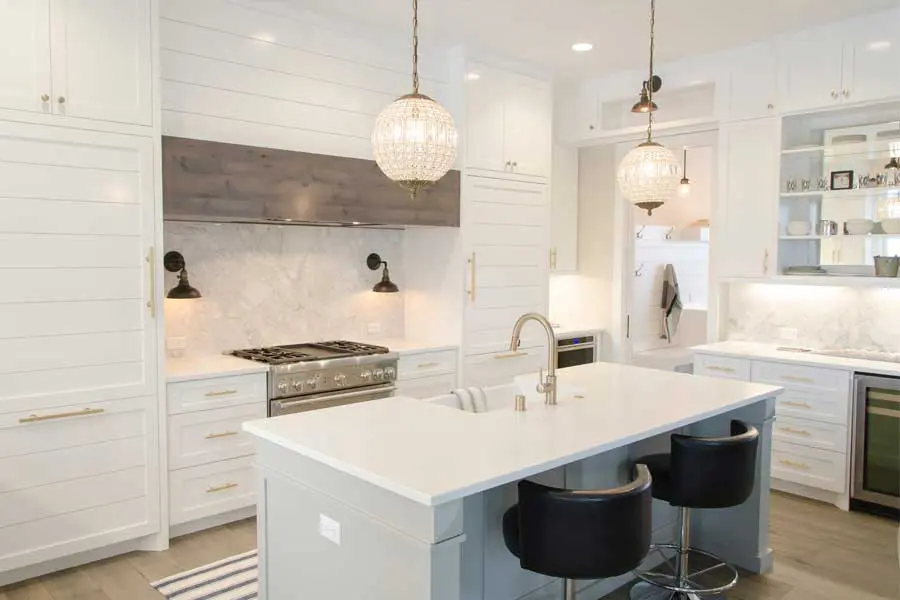
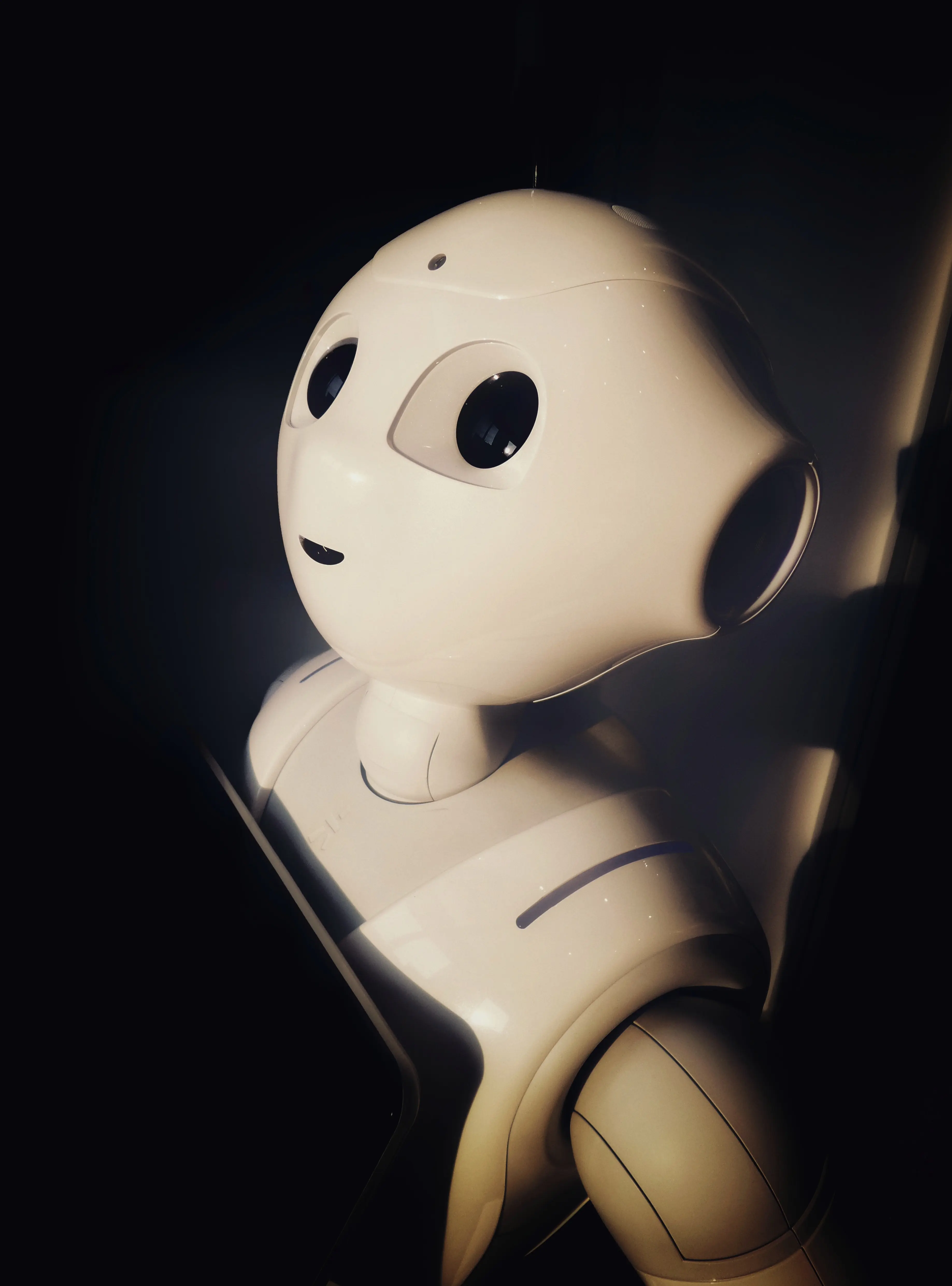
There are some very useful inventions as well. In snow-bound areas, Kobi is very useful as it clears your driveway of snow. It can also be utilised for leaf-blowing and lawn-mowing. It automatically detects the first falls of snow or leaves and sets itself in action, without any need for intervention from a human.
Washing Machine/Dryer combinations are becoming more common home automation solutions, but the next step is an appliance which also folds the clothes . They are fed into the machine at the top, and they are stacked, folded neatly at the bottom, ready to put away. In Beta Test mode now, it is expected to be available commercially toward the end of 2019. What a great Christmas present!
Humanoid robots, as they are portrayed in movies and cartoons, are certainly around and “employed” as servants. There are also robotic devices which are less “human” but equally useful. Robotic vacuum cleaners and lawn mowers are becoming increasingly popular.
Driverless vehicles are already being used commercially in the USA. In Australia, there are test versions in both Perth and Melbourne. There is still quite a bit of resistance to them as the general population are typically averse to change. The trial in Perth however, which has been running for about 2 years, has been embraced favourably and is heavily booked for the available trips. In our article: Are Cars on the Way Out? , we discussed the impact of driverless cars, as well as share-ride options, on Property Development into the future.
Property Development Considerations
Home automation and innovation also has, and will continue to have a significant impact into the future for the Property Development industry.
Some of the considerations will be
- The wiring throughout the building structure
- Limiting the electrical interference of wireless signals
- Minimising any potential health risks of energy waves
- Being able to easily upgrade to accommodate future innovative developments
It is quite conceivable that the latest tech inclusions at the commencement of a construction project may be superseded by its conclusion in a year or 2. Being as flexible as possible to include the latest innovations toward the end of the development and construction process could be very useful as well. Including smart robotic devices, such as vacuum cleaners and lawn mowers, as standard in a development project could be an effective marketing advantage also. It was not so long ago that drones and virtual reality were science fiction. Now they are used to provide a birds-eye view and a real-life walk through of developments and apartments. Savvy Property Developers can embrace technological innovation to improve the saleability of their constructions and give themselves a distinct competitive edge.
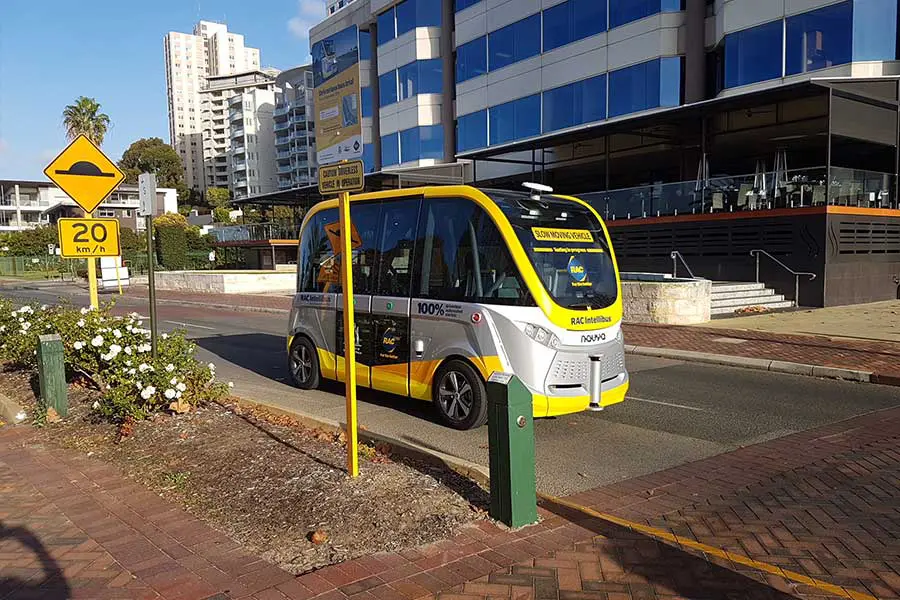
Further reading:
- https://au.pcmag.com/digital-home/44138/feature/the-best-smart-home-devices-of-2018
- https://www.forbes.com/sites/forbestechcouncil/2018/01/12/14-predictions-for-the-future-of-smart-home-technology/#7df3447d2e21
- https://www.forbes.com/sites/moorinsights/2018/01/23/top-smart-homehome-automation-products-from-ces-2018/#5e2375be9fa2
- https://www.mansionglobal.com/articles/the-best-smart-home-devices-of-2018-so-far-101052
- https://www.homestolove.com.au/a-guide-to-home-automation-in-2018-6210
- http://www.youngupstarts.com/2018/02/14/smart-home-innovations-to-consider-for-2018/
- https://www.amarinfotech.com/iot-home-automation-projects.html

